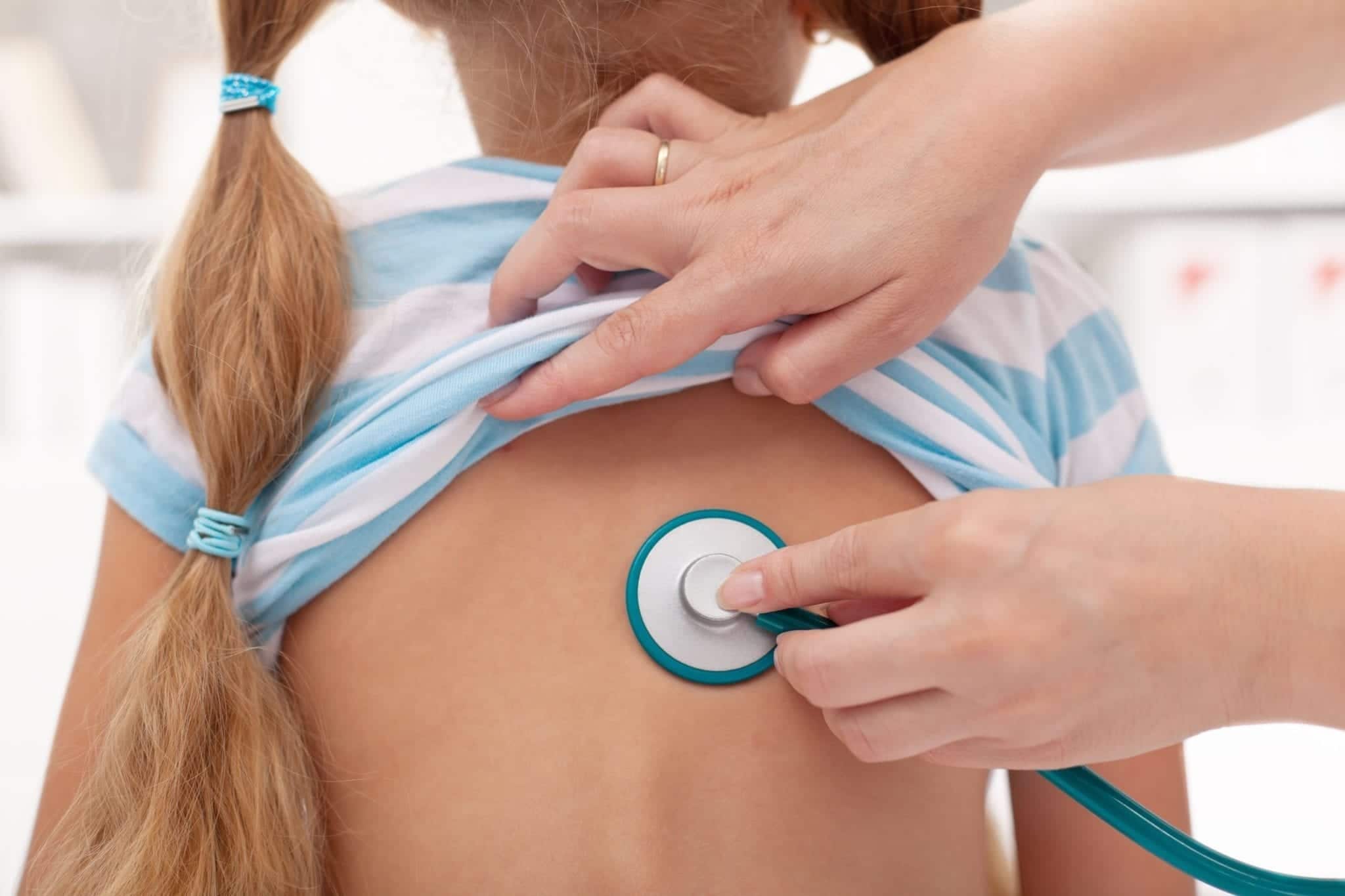10 of the Most Common Child Injuries in Florida
As a parent, it is normal to worry about the safety of your children. Will they fall off of playground equipment at school and break an arm? Crack their head open while jumping into a pool? Walk out in front of a car because they’re not paying attention?
Sometimes, worrying is helpful. It enables you to instill caution in your kids and make them alert to truly dangerous situations. Other times, you may be stressing yourself out unnecessarily.
It’s understandable why. Beyond the fact that it’s your job to worry about your child, kids can be fragile. An astounding 12,000 children die from unintentional injuries each year, and 9.2 million more enter an emergency room for unintentional injuries.
The simple truth is that part of growing up is getting hurt. You child is unlikely to become an adult without suffering a few bruises, cuts, and scratches. The best thing that you can do is know what the real problems are and focus on them. That’s why we decided to create this list of 10 of the most common injuries that happen to children. Worry about these and at least you’ve got your bases covered.
The Child Injuries You Should Watch Out For
Some of the below injuries cause no more than bumps and scrapes… most of the time. Others can be incredibly dangerous – even fatal.
Falls – When looking at the statistics related to child injuries, falling tops most of the lists. Falling is the leading cause of nonfatal injuries for children under the age of 15 and the top three nonfatal injuries for those between the ages of 15 and 19. Over 2.8 million children visit the emergency room each year due to falling.
Most falls are not serious, but in some cases, a child can end up with a traumatic brain injury (TBI.) Most personal injury lawyers are very familiar with slip and fall cases. Injuries from falls can and should be taken seriously.
Being Struck By an Object – This lags behind only falls as the most common injury for children from 0-19. It is usually a nonfatal injury, although being struck in the head can certainly cause traumatic brain damage or even death.
If a heavy object strikes a child in the head, it is even possible for them to suffer internal bleeding. Visit a doctor after the injury to ensure that he or she did not suffer a concussion, internal bleeding, or other possibly fatal injuries related to being struck by an object.
Suffocation – This is one of the most common injuries for children under the age of 1, but (not surprisingly) less common among older children. Why? Mostly because babies explore with their mouths, but do not have a large enough throat for many of the most enticing objects that they want to explore.
Motor Vehicle Crashes – Auto accidents are the leading cause of child deaths in the country. Sadly, many of these deaths are preventable. More than one in three children killed in motor vehicle crashes were not wearing a seat belt at the time of the accident.
The Center for Disease Control and Prevention has information on its website on how to properly use seat belts and booster seats for children of all ages and sizes. Take it seriously.
Drowning – One in five people who drown are children under the age of 14. Two children die every day from drowning. “Nonfatal submersion injuries” also affect, on average, 10 children a day. As a parent in Florida, this is particularly important for you to know. Enroll your child in swimming lessons, and let other parents, teachers, or counselors know ahead of time when a child has trouble or does not know how to swim.
Other common injuries among children include:
- Poisoning
- Fires and burns
- Animal bites
- Insect stings
- Overexertion
If your child suffers an injury under your supervision, you have the responsibility of checking the child’s health and treating the injury in an appropriate time frame. However, children can get hurt in all kinds of ways and places. If they are hurt under another’s care, make sure you speak to the supervisor or an adult that was present at the time of the injury.
Doing this may alert you to the fact that your child’s injury was caused by unsafe conditions, or that supervisors did not properly treat your child. If another’s negligence causes your child to come to harm, you owe it to yourself and your family to hold them accountable and film a personal injury claim for damages. Not only can this help you to cover the costly medical bills that are often associated with child injuries, it can raise awareness about an important issue while holding those responsible accountable for their actions.
About the Author:
Andrew Winston is a partner at the personal injury law firm of Winston Law. For over 20 years, he has successfully represented countless people in all kinds of personal injury cases, with a particular focus on child injury, legal malpractice, and premises liability. He has been recognized for excellence in the representation of injured clients by admission to the Million Dollar Advocates Forum, is AV Preeminent Rated by the Martindale-Hubbell Law Directory, enjoys a 10.0 rating by AVVO as a Top Personal Injury Attorney, has been selected as a Florida “SuperLawyer” from 2011-2017 – an honor reserved for the top 5% of lawyers in the state – and was voted as one of the Top 100 Lawyers in Florida and to Florida Trend’s “Legal Elite.”
 Andrew Winston named among Florida’s top 100 lawyers
Andrew Winston named among Florida’s top 100 lawyers 


















